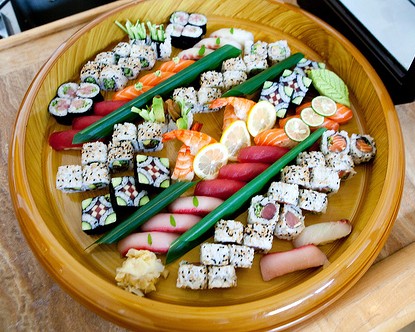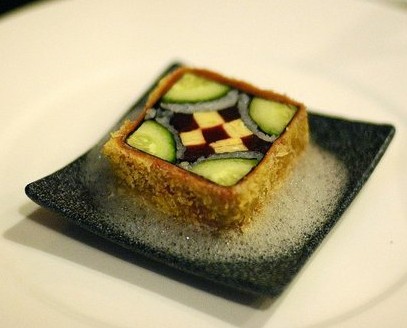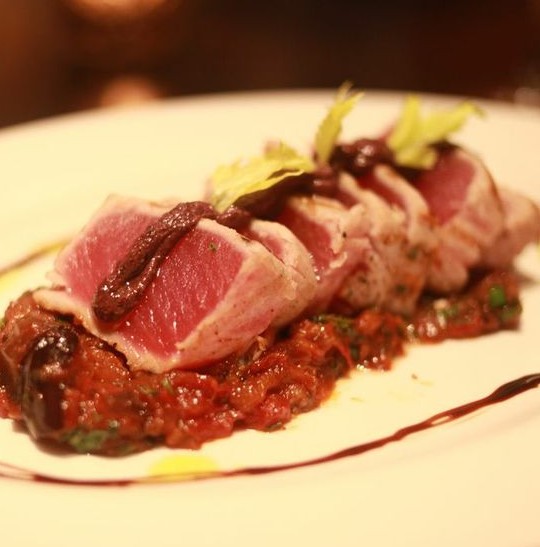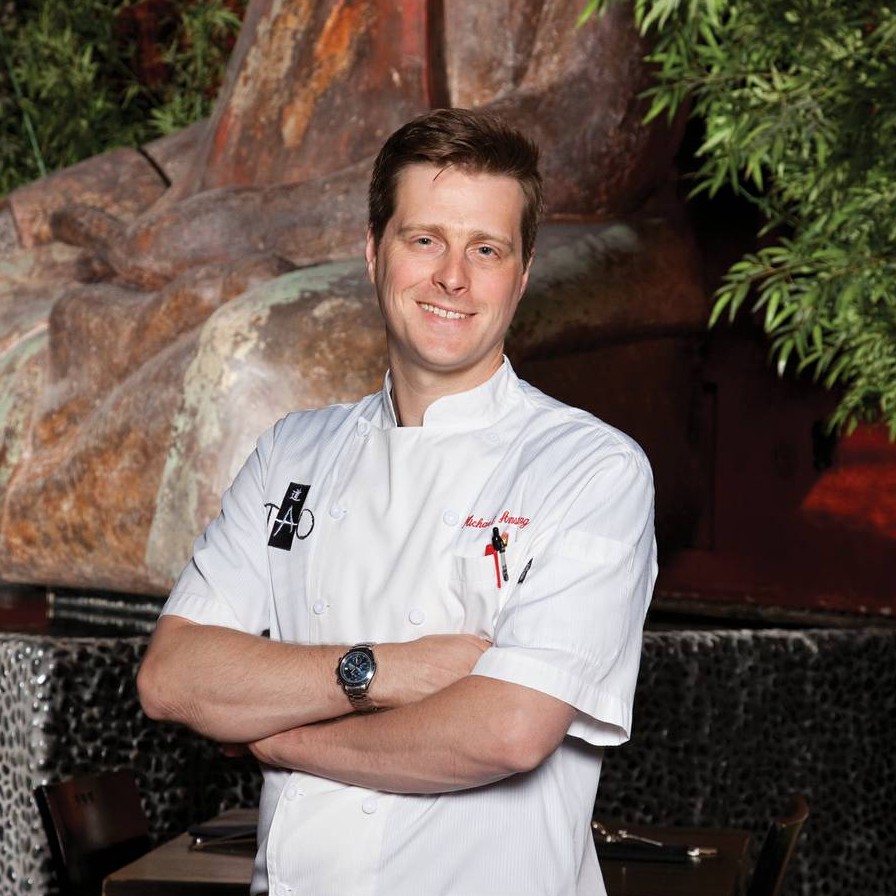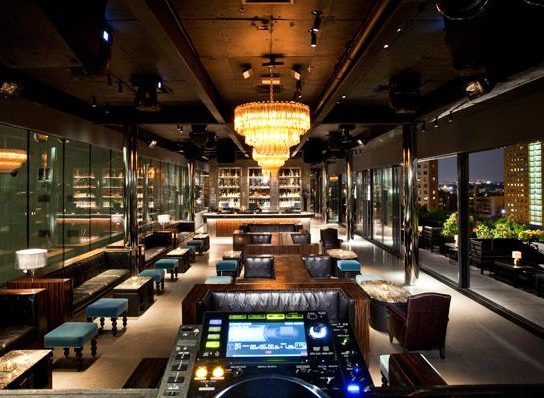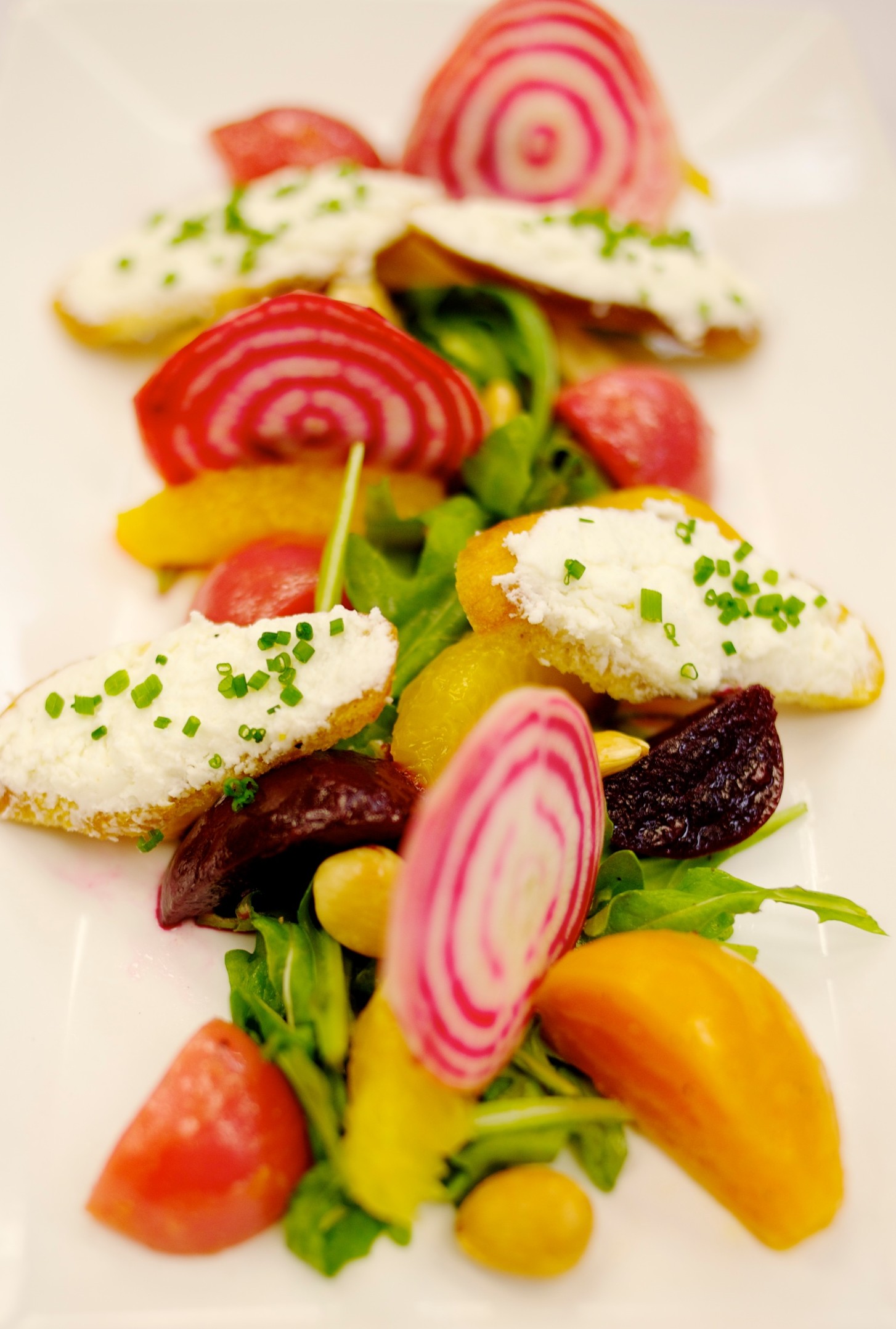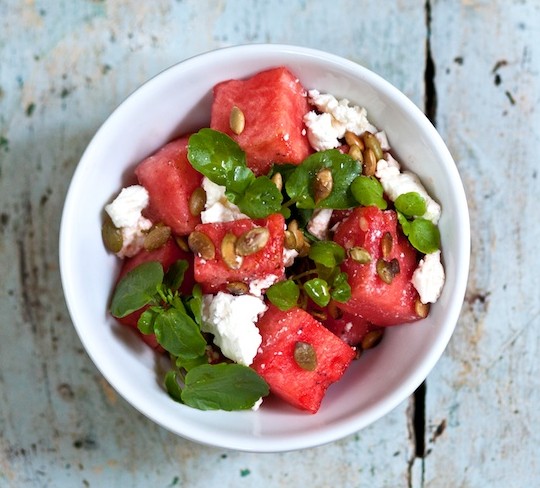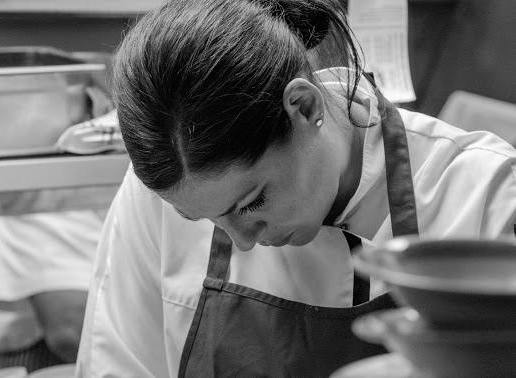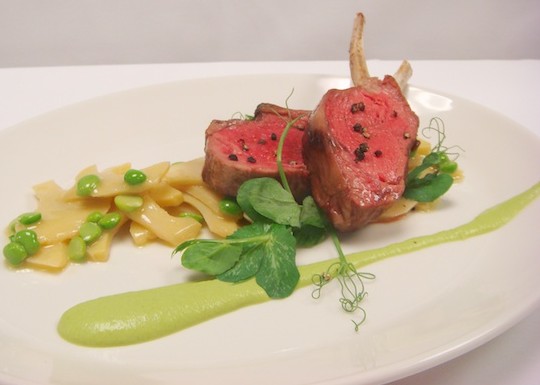We had the pleasure of sitting down with Robby Cook to talk about his influences and inspiration as an American sushi chef.
How did you first get into cooking professionally?
When I was in high school, I worked in a grocery store as a side job. And then in college, I started working with more Asian ingredients and I became interested in sushi school. And, I just kind of went for it from there. I was going to the University of Iowa and college wasn’t really happening, so I started making sushi on my own and that was when Iron Chef was getting big. I got into cooking more and had nice ingredients where I was living at the time. And then I moved to Santa Monica and went to sushi school there.
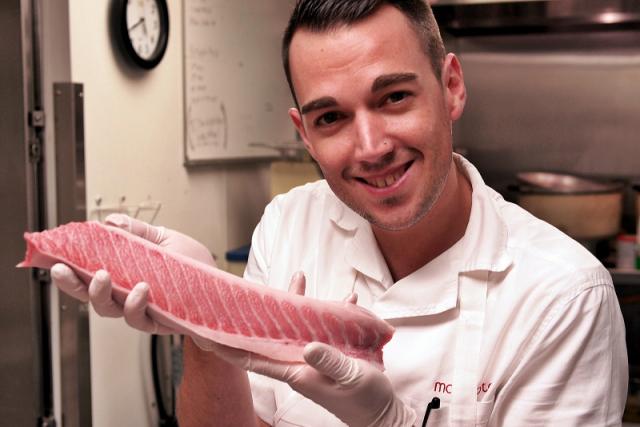
Who have some of your mentors been over the years?
My first was Josh DeChellis at Sumile. After sushi school I went to culinary school in New York City (ICE). I hooked up with Josh and learned a lot from him. At Sushi school, it was Toshi Suguura, who is a very cool guy who taught me quite a bit. After that, I got my first cooking job at Sumile. My first sushi job though was at Angura with Osamu Inno, a very cool Japanese Rasta guy. Not so traditional Japanese, so he really schooled me up.
Makoto Okuwa at Morimoto was also a mentor. He really took me under his wing and pushed me to become head sushi chef after he left. And, Chef Morimoto has also been an incredible mentor, for pushing me to be the best, to understand food as well as customers’ needs.
What kind of sushi are you doing? Is it traditional or more of a fusion?
Sushi is pretty straightforward and traditional. You need to have the basics before you can grow and expand on that. My sashimi dishes are more plated and have more modern style sauces and more composed dishes. I think you have to have overall composition when you are a sushi chef. And, plating is important as well.
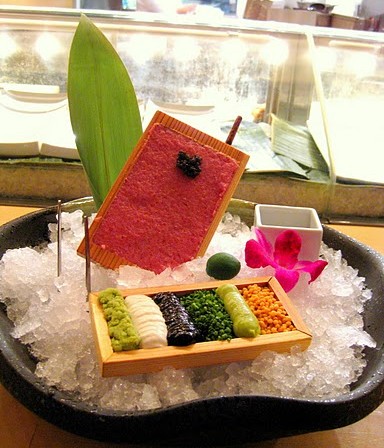
As a non-Asian sushi chef, how have customer perceptions been over the years? How does Chef Morimoto feel about that?
I have nothing but respect for Chef Morimoto. He’s backed me up since day one. I have my skills to prove it. A lot of people, when they do sit at the sushi bar, they might not appreciate it at first, but once they see me work it’s a different story. Even some Chinese and Korean sushi chefs, who may not have the skill set, are accepted more than me. Nowadays, I have so many regular customers, if someone doesn’t want to sit in front of me, they can slide down the sushi bar (laughs).
What gives you inspiration for new dishes?
Sushi wise, we have the four seasons. So, there are different types of fish for each season. So, I start with a nice fish that has just come into season and a couple vegetables and another side ingredient that is seasonal, then play around with the flavors. But, I try not to add too many ingredients. It’s up to three or four ingredients and let the fish do the talking. Let the fish stand out first and foremost. Our knife skills and the way we treat fish here that’s what should be recognized.
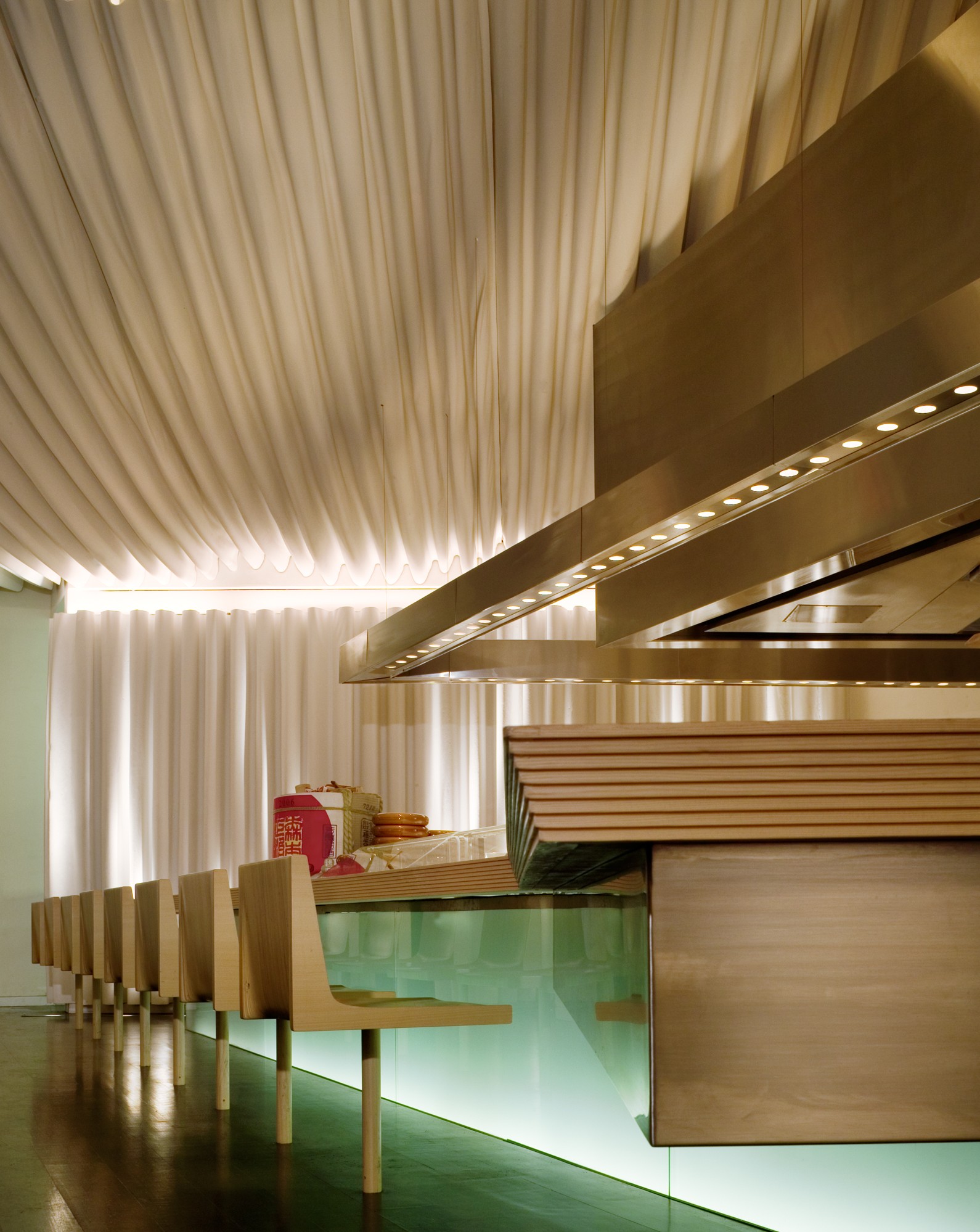
What ingredients or techniques are you using at the moment?
I’m using agar a lot now in summer dashis. Like chilled gelatin style. It’s good for shellfish and sashimi. Salmon – I’m doing kombu jime, kind of like smoking. We take wild king salmon and then use the kombu to smoke it. The smoke goes up through the kombu and you get a really nice sea flavor.
Where is the fish at Morimoto sourced from?
We have our own company at Tsukiji Market in Tokyo. We’re very blessed; I’ve met them on several occasions. I deal with them directly and nobody in New York touches our fish. Our guy at Tsukiji picks the fish Thursday morning and it’s here Friday morning. They send us what’s good in the market and Chef Morimoto gave me a lot of freedom to order and keep the quality of fish high. As far as local fish, we have a purveyor who sources the wild king salmon and local fluke. I also really like Korean fluke. It has very nice fat content and is super fresh. I also really enjoy using Korean baby abalone. That’s another one of my favorite ingredients.
On my day off, I like Luke’s Lobster. Nobody knows who I am and I can go in and send emails and texts and just eat there. Never had a funky lobster roll. Everything is always fresh and direct from Maine. I also like Setagaya Ramen. I usually get the tsukemen before I come into work on Tuesdays. If I get to Brooklyn, I go to Talde and Chuko Ramen. For sushi, I like Ushi Wakamaru.
You’ve traveled to Japan on several occasions. What are the differences between sushi chefs in Japan and the U.S.?
Sushi chefs in Japan have stricter standards and are more rigorously trained. A lot of people in the States go through the ranks and say they’ve been a sushi chef for twenty years but their skills are terrible. Whereas in Japan, you really have to go through the steps and learn everything. Here, it’s a little more fast tracked. But, on the other hand, you’re not so traditionalized. You can open up and step outside of the box and do other things. It’s not just basic, straightforward sushi all the time.
Any advice for young cooks starting out?
Have a sharp knife first. Let your skills show and be confident. Jump in there and do it. Also, have a basic knowledge of what you’re doing before you apply to that certain job.


